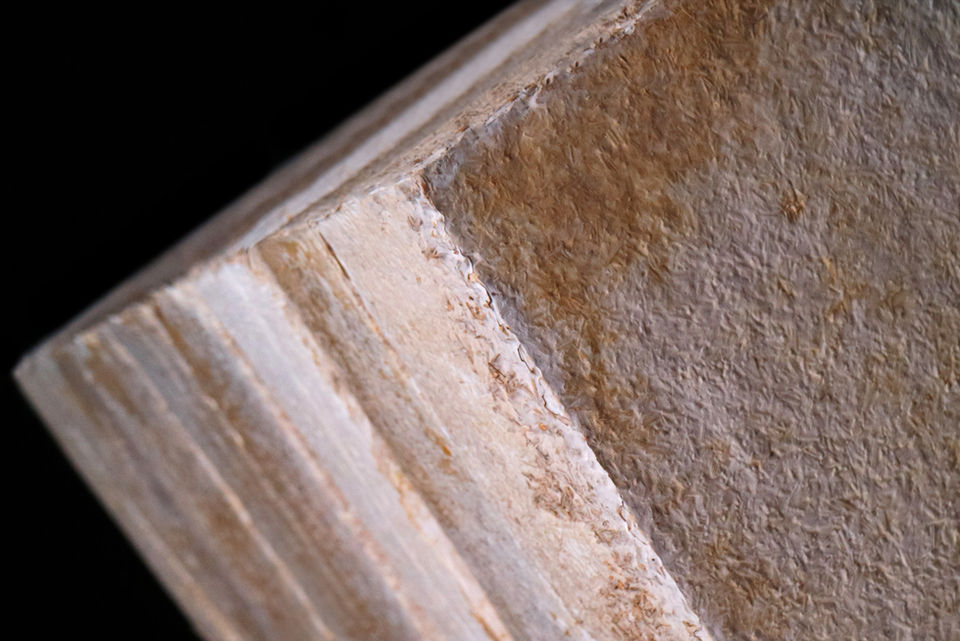
MYCELIUM TECH
Biohm harnesses the power of mycelium - the vegetative filament root structure of mushrooms to produce high-impact and high-performance solutions by growing it through organic and synthetic substrates such as ‘by-products’ from various industries.

Biohm’s mycelium technology enables product properties that are unprecedented in academia and industries such as construction, automotive, fashion, textile, electronics, energy, agriculture, aerospace, health, and many more.

Versatile

Circularity

Cold Compostable

Natural

Remanufacturable

APPLICATIONS
Biohm’s mycelium tech can be utilised in the development of components that can be grown as particulate composites, fibre-reinforced composites and monolithic materials, as well as polymer-like monolithic materials. Therefore, the potential applications for this technology are limitless. Biohm specialises in high-performance, high-value, and high-volume applications within various industries to replace harmful synthetic products and achieve maximum impact.
Construction Materials

Consumer or Retail Products + Specialised Packaging
Interiors, Furniture + Fashion


-15%20white.png)









